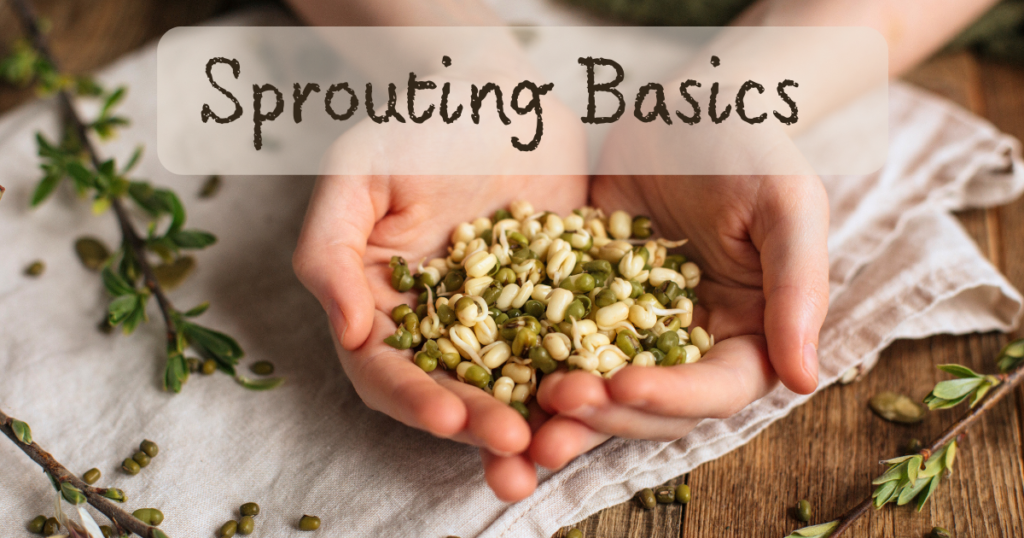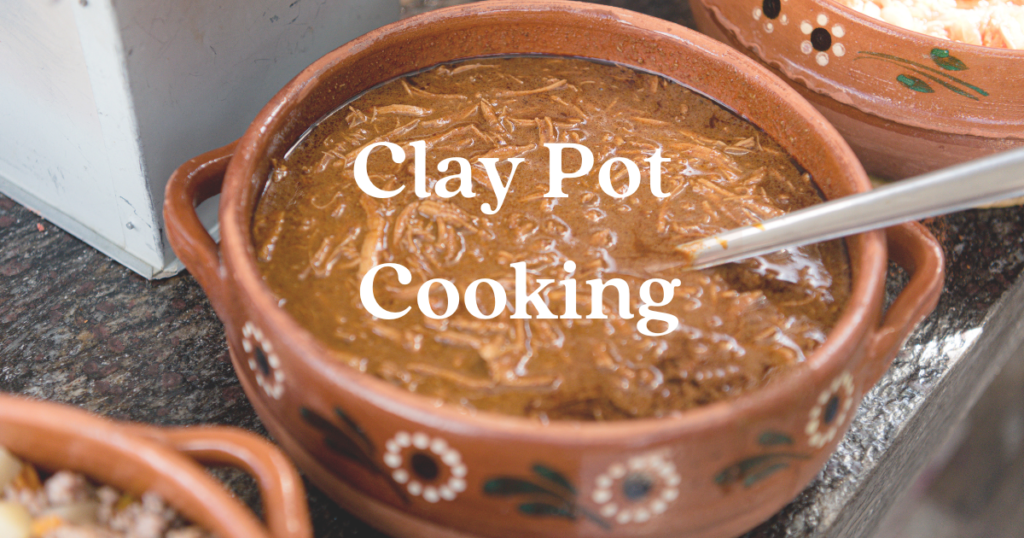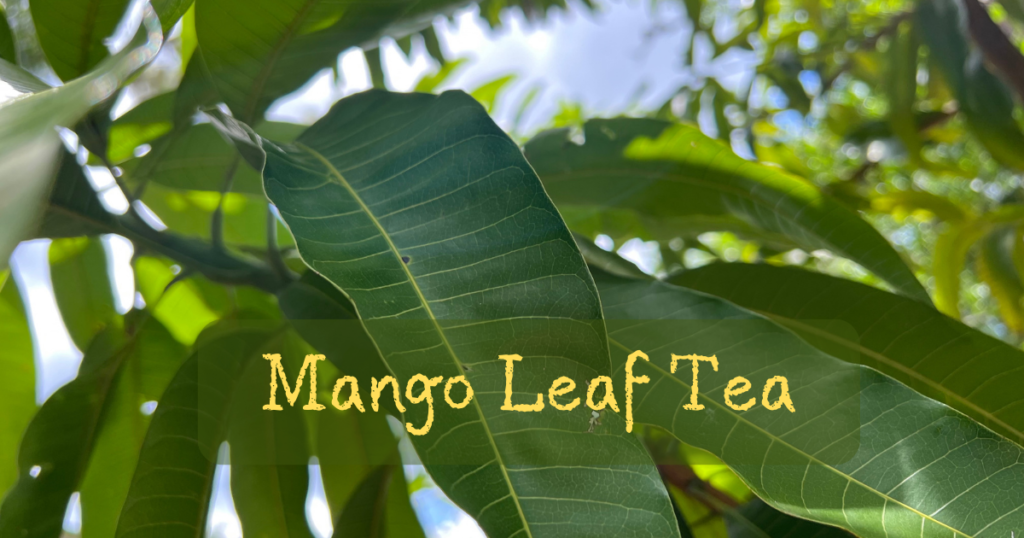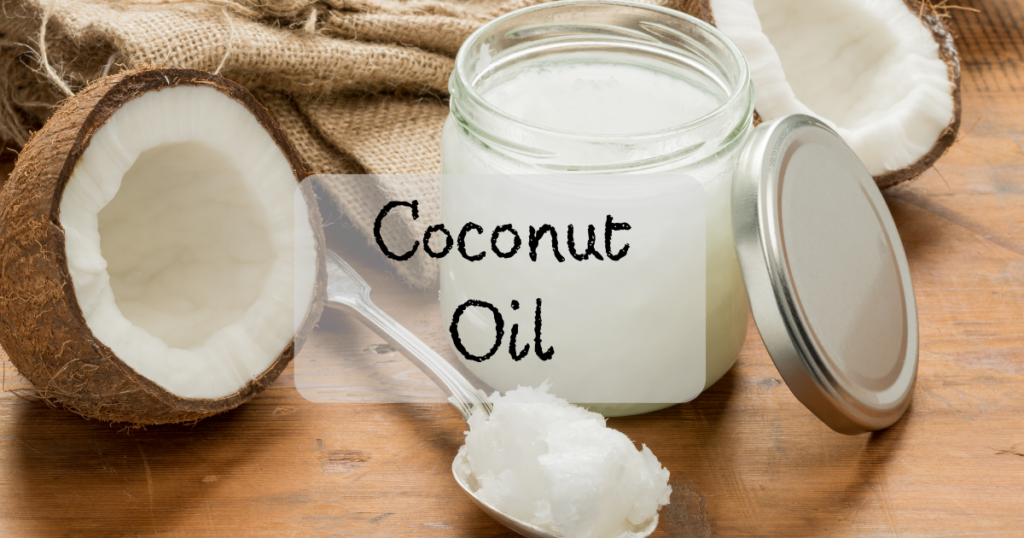I’ve been growing sprouts for 17 years and I still love them. They are so easy to grow and maintain as well as being a refreshing addition to any meal. It has become part of my routine. I actually miss it when I don’t have a jar of sprouts ready to eat. The best part is they don’t take much space, don’t need sunlight, and it takes less than a week to get results.
Sprouting beans and seeds are a super healthy way to consume them. When they are sprouted the vitamins and minerals that are in the seed is made more available to our digestive systems by changing into to a more bio-available form. It’s like pre-digesting the difficult parts and making it easier for the body to absorb the nutrients. In addition, no matter what diet you’re on (with the exception of pure carnivore) sprouts are okay to eat. So if you’re gluten free, dairy free, egg free, paleo, vegetarian, vegan, raw, keto, or low-carb, you can still eat sprouts.
Which Seeds to Sprout
Almost any edible seed and legume can be grown as sprouts. Typical sprouting seeds include alfalfa, radish, red clover, broccoli, and fenugreek among others. Popular legumes are mung, lentils, chickpeas, and green peas.
Materials needed
Wide-mouth glass jar
Plastic screen cut 6” square or cheese cloth of the same size or sprouting lid
Rubber band
Seeds of your choice
Let’s get started.
- Take a clean glass jar and pour about 3 tablespoons of seeds into the jar.
- Add room temperature water to the jar filling it about halfway.
- Cover the top of the jar with the plastic screen or cloth securing it with a rubber band. Allow the beans or seeds to soak for 8 hours or overnight.
- Drain the water off. Add more water to rinse and then drain that off. Allow the jar to stand upside down at an angle to avoid standing water and allow plenty of air circulation.
- Repeat step 4 in the evening. If you live in a hot climate, you may need to rinse about three times a day, but two times should be enough for most people. You’ll know if the sprouts feel warm or sticky that they need more rinsing.
- By day 3 you should see some roots emerge. Faster growing seeds like mung beans can be eaten at this stage, others may take an addition three days. Chickpeas can take two weeks to see a sprout.
- If the jar is full, take half of the sprouts out and place in another jar. Continue rinsing and eating. When the sprouts become bitter, they may be too old.
- Keep your sprout operation going by soaking new seeds on day 3 or 4 so that they are ready when the first batch is finished. Store in the refrigerator if the seeds are growing faster than you can eat them and soak less seeds next time.
And that is all it takes. Grab a handful, add your favorite salad dressing and you’re all set for a delicious side salad. Good luck and have fun with it!
Have a look at my own sprout growing routine in this video.
My favorite Sprouting Supplies:
** Some of the links above may be affiliate links. As an Amazon associate, I earn from qualifying purchases.
Frequently Asked Questions:
When are my sprouts ready to eat?
Sprouts are ready to eat anytime after the root emerges. You can wait for the leaves to appear, but it isn’t necessary. If you eat them at the leaf stage, the younger the better because sprouts tend to get bitter with age.
Do sprouts need darkness to grow?
No, they don’t need darkness to grow though some people feel it improves the flavor and the roots grow thicker when they are in the dark.
Is it better to let the leaves get light before eating them?
The leaves may be yellow if they are grown in the dark. If you’d like to increase the chlorophyll content then yes exposure to light will make the leaves greener. You can eat them in their yellow-green stage too.
Are those seed shells that may float to the top while rinsing edible?
Yes, you can eat all parts of the sprout (seed, roots, and leaves). Some people will skim off any floating seed parts when rinsing. It’s a matter of preference.
What’s the difference between sprouts and microgreens?
Microgreens are typically grown in soil or some other growing medium until about 3”-4” tall and harvested by cutting the stems from the roots. Sprouts are grown without any medium and the whole thing is eaten.
Do you have to disinfect seeds before sprouting?
No, it isn’t necessary to disinfect the seeds, but you can if you wish to. I’ve never done this and have never gotten sick once from eating sprouts.
Do you have to cook the sprouts to eat them?
No. Sprouts are like lettuce. You eat them raw. You can add them to a stir-fry or some other dish when cooking if you want, but they don’t have to be cooked to be eaten.




